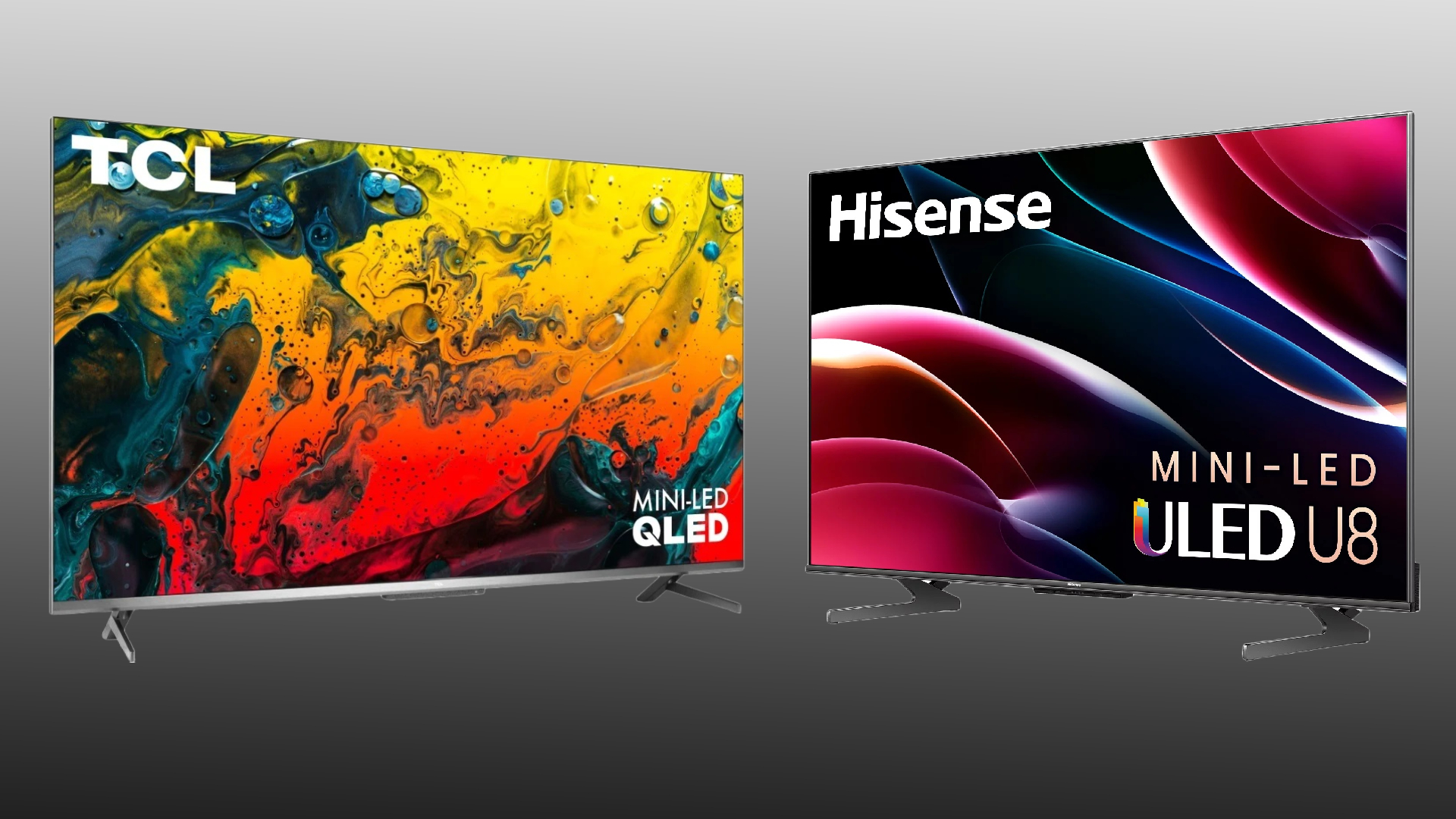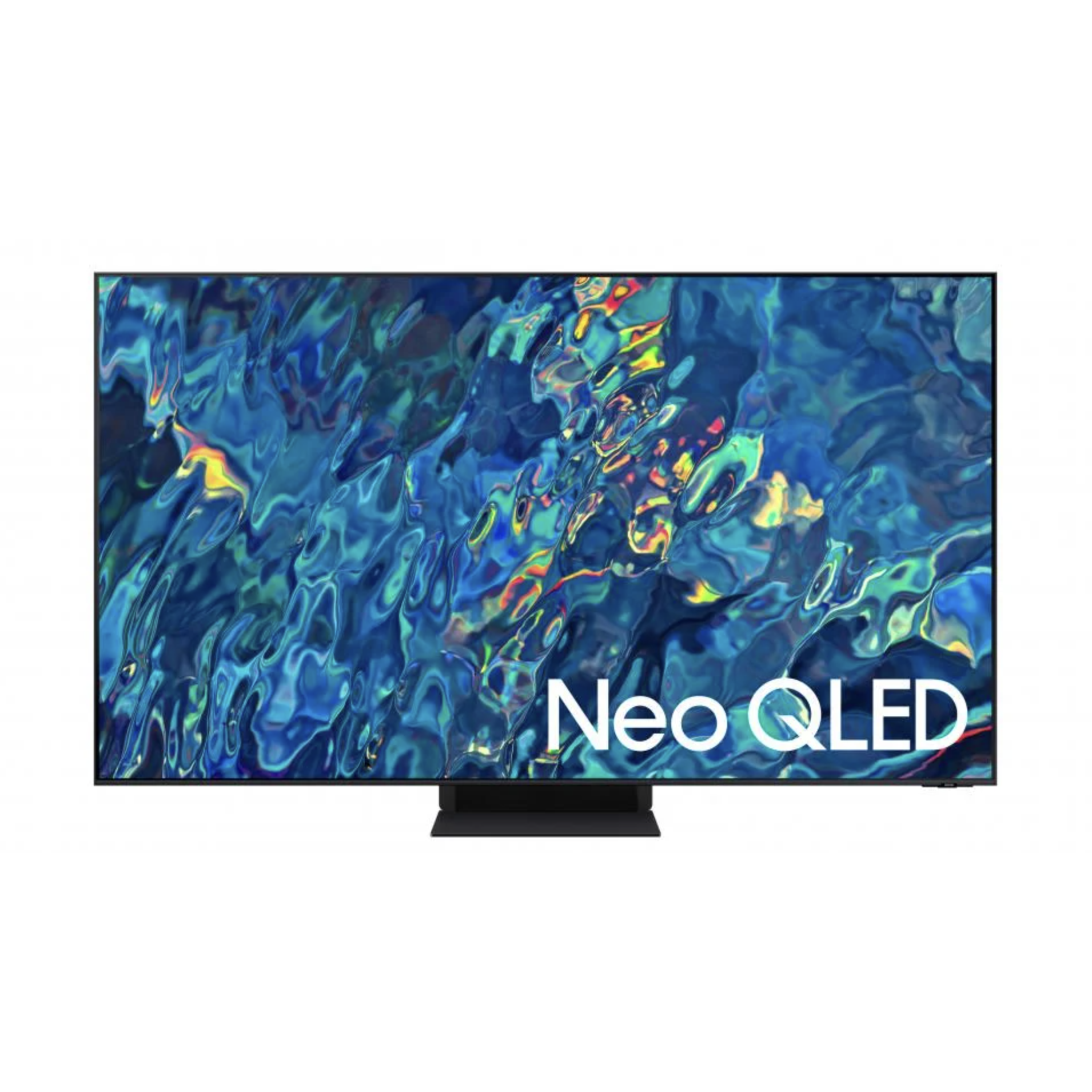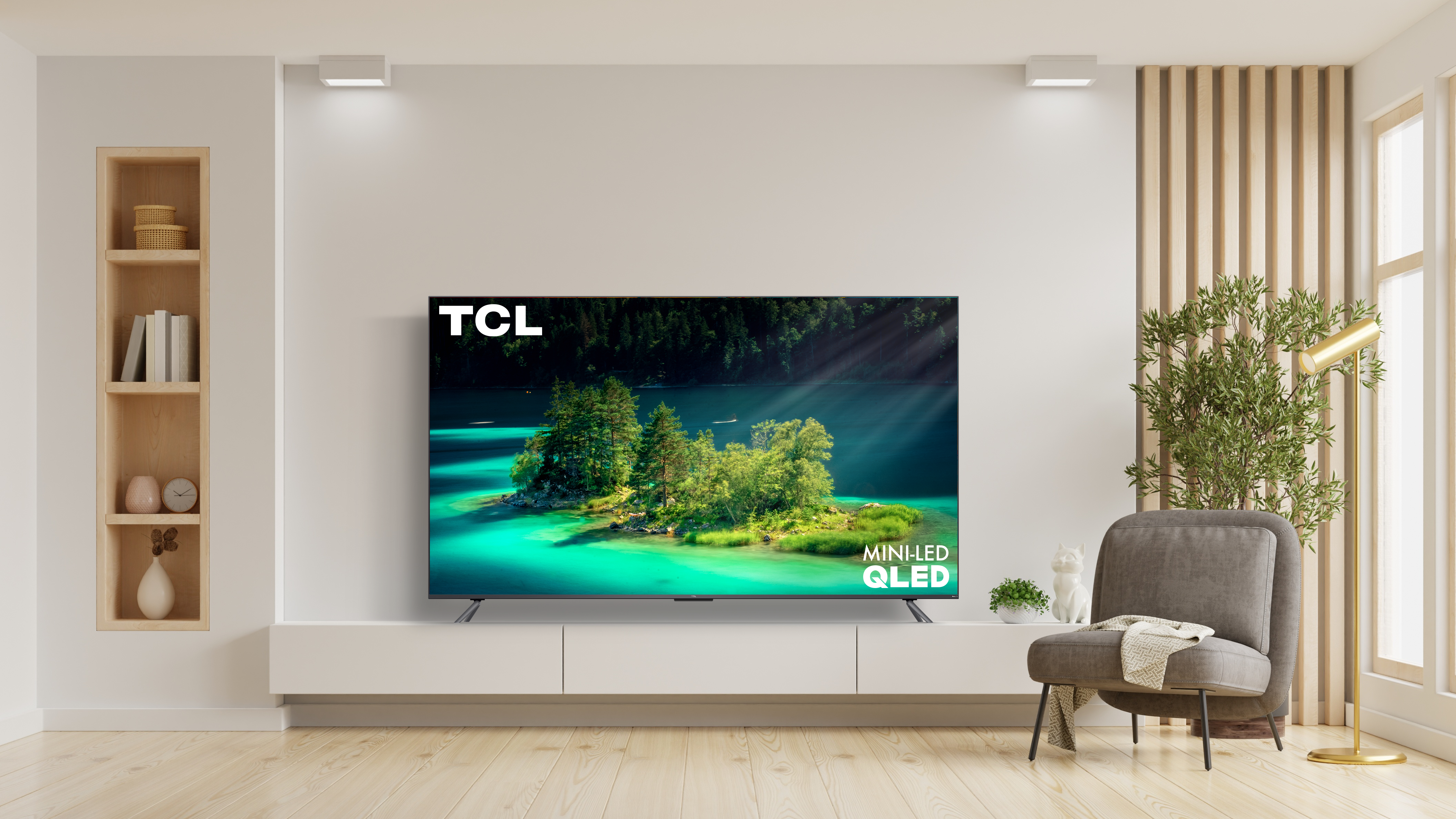This year's cheap mini-LED 4K TVs are a dream deal, except for one problem
TV buyer beware?

Budget TV makers in 2022 are making things tougher than ever for premium brands to maintain mini-LED-backlit QLED TV market share. The reason for this basically comes down to price: companies like TCL and Hisense are selling 65-inch mini-LED-backlit models at under $1,000 / £880 / AU$1,600, while similar sets from Sony and Samsung can cost twice as much as that, if not more.
Some of these premium mini-LED 4K sets rank high on our list of the best 4K TVs such as Samsung’s flagship QN95B Neo QLED. But that same list also features the Hisense 65U8H, a new offering from the budget brand and its first model to use a mini-LED backlight.
But lower prices aren’t the whole story here. TCL’s 6-series mini-LED 4K TVs have been available at comparatively low prices for several years now, with the brand’s use of the backlighting tech pre-dating that by heavy hitters such as Samsung, Sony, and LG. And all three of those companies have managed to still sell plenty of high-end QLED TVs even with TCL providing a much more affordable option.
TCL recently expanded (literally) its 6-series with a new 85-inch model. That addition makes its lineup now a better match for Samsung, which offers its Neo QLED mini-LED TVs in screen sizes up to 98 inches. The price for TCL’s 85-inch set? Just under $2,000 / £1,760 / AU$3,200 – less than half of what you’d pay for Samsung’s same-size QN95B model, and several hundred dollars less than Samsung’s least expensive Neo QLED TV.
Given both TCL’s expanded 6-Series lineup and Hisense moving in on the mini-LED game, will the premium brands soon be scrambling to lower their prices to better compete?
You’d think that would be the case, and we may see some movement in that direction on Black Friday, but while the lower-cost options provide strong competition on many levels, there are areas where they come up short. Let’s take a look at the good things you can expect, and, in at least in one key area, not expect, when buying a budget mini-LED TV.

Good: enhanced color
QLED TVs like those sold by Samsung, Sony, LG, TCL, Hisense, and other brands all use a quantum dot layer in the set’s LCD panel that allows for an enhanced range of colors to be displayed. While this isn’t a huge deal for viewing regular HD programs, 4K ones with HDR ultillize a wider color space that puts a greater demand on the TV, and sets that feature a quantum dot layer generally meet, or even exceed, that demand
Good: better blacks
A direct effect of using mini-LEDs rather than the larger LED modules found in regular TVs is increased black depth and shadow detail. The much smaller LEDs allow for a greater level of control over the dispersion of light within the set’s display panel, and this results in purer blacks along with more powerful contrast.
While both regular LED-backlit TVs and mini-LED ones use a form of processing called full-array local dimming to further enhance picture contrast, the smaller LEDs used in the latter allows for a higher level of granularity. This means that shadows will reveal a wider range of subtle dark tones, as opposed to showing up as a broad, uniform patch of detail-deficient black.
Good: boosted brightness
Another mini-LED advantage is increased light output, with the dense array of LEDs packed into the backlight generating higher peak brightness than what regular TVs can manage. When combined with the deep blacks mini-LED TVs are also capable of displaying, the resulting picture contrast can equal that of OLED TVs, which are highly regarded for their punchy, 3D-like images.
Not good: Limited viewing angle
Here’s the part where cheap mini-LED TVs come up short when compared to their premium competition. Brands like Sony and Samsung both offer features in their higher-end sets that help to eliminate a major problem with LCD TV technology: poor off-axis picture quality.
Unlike OLED, which is a self-emissive tech where the pixels generate their own light, LCD requires a backlight to illuminate individual pixels in the display. The downside to this approach is that the light that beams through is highly directional, with the result that images which look perfectly good when seated directly in front of the TV appear pale when viewed from off-center seats, with both contrast and color losing intensity.
Sony’s X-Wide Angle and Samsung’s Ultra Viewing Angle features both work to effectively reduce this off-center viewing issue on their respective mini-LED TVs. You don’t experience the full 180 degree viewing angle that you get with OLED TVs, but the off-axis performance is dramatically improved.
No such feature was available on the Hisense 65-inch U8H series model that I reviewed, and I’m not aware of anything similar on TCL’s 6-series models, including its updated ones for 2022.

Is it worth buying a cheap mini-LED TV?
Budget mini-LED TVs from Hisense and TCL compete well against the premium brands in many ways. The Hisense U8H that I reviewed, for instance, managed to hit a very impressive 1,775 nits peak brightness – close to what its higher-priced competition manages – and it also tested well on parameters like color space coverage, contrast, and picture uniformity.
But that off-center viewing issue remains a real thing, though it won’t be something you’ll notice when sitting on an average-width sofa at an average viewing distance from the TV. And it will be even less of an issue if you buy a set with a larger-size screen – that 85-inch TCL, for example. So in this case, buying a really big-screen mini-LED TV could be the smart move for the budget-conscious viewer.
Interested in other really big-screen options? Then check out our guide to the best 85-inch TVs.
Get daily insight, inspiration and deals in your inbox
Sign up for breaking news, reviews, opinion, top tech deals, and more.

Al Griffin has been writing about and reviewing A/V tech since the days LaserDiscs roamed the earth, and was previously the editor of Sound & Vision magazine.
When not reviewing the latest and greatest gear or watching movies at home, he can usually be found out and about on a bike.